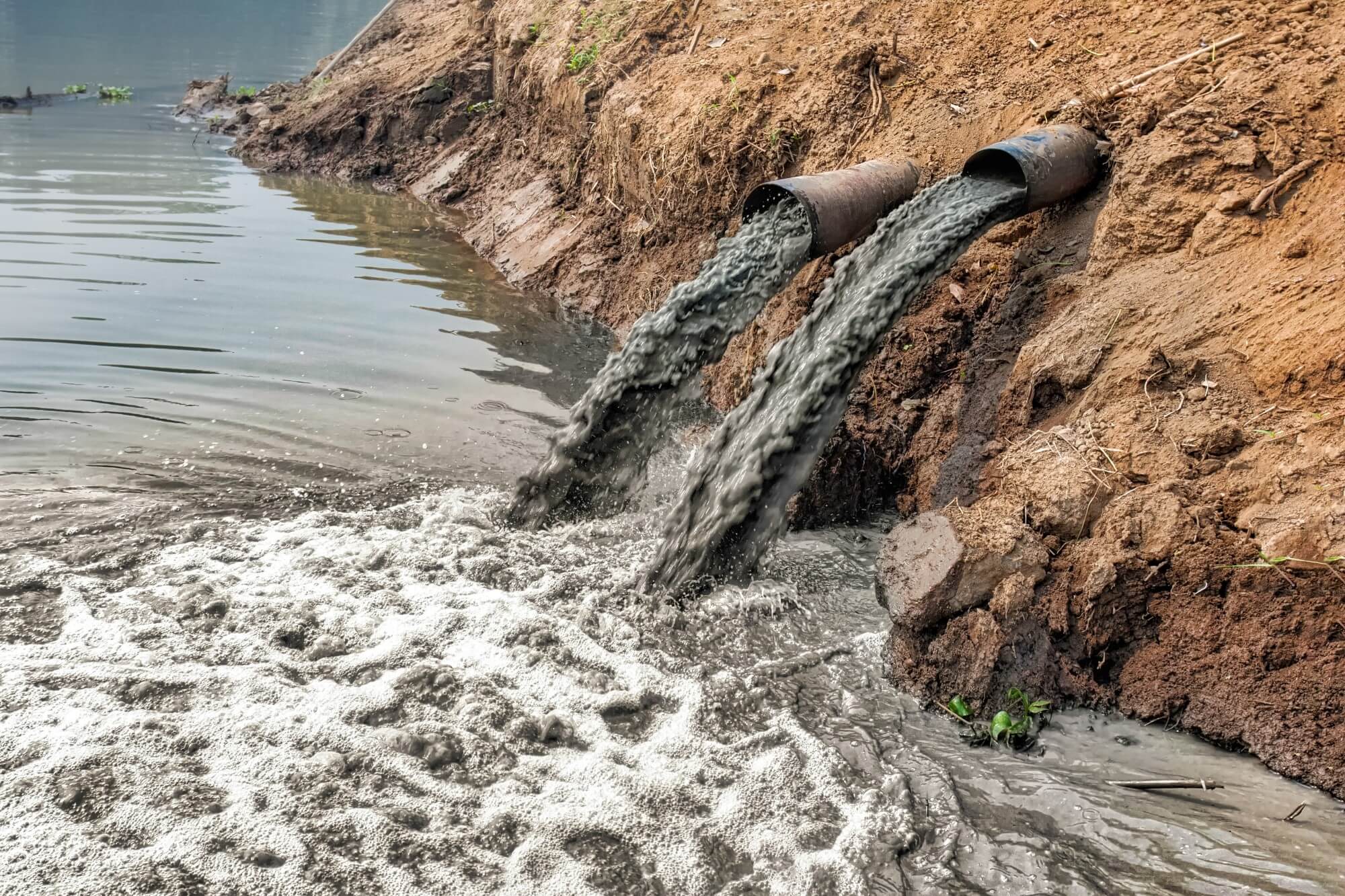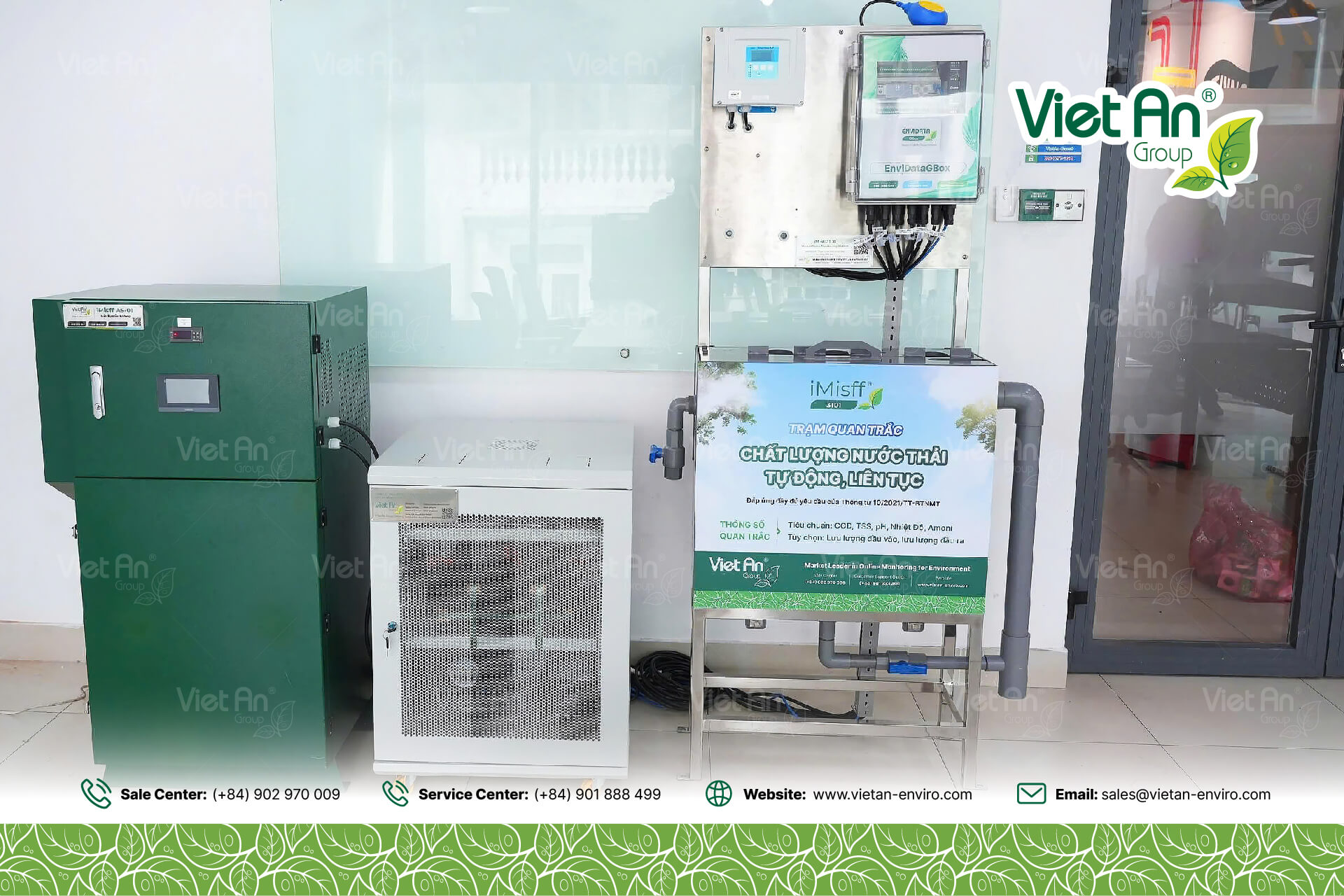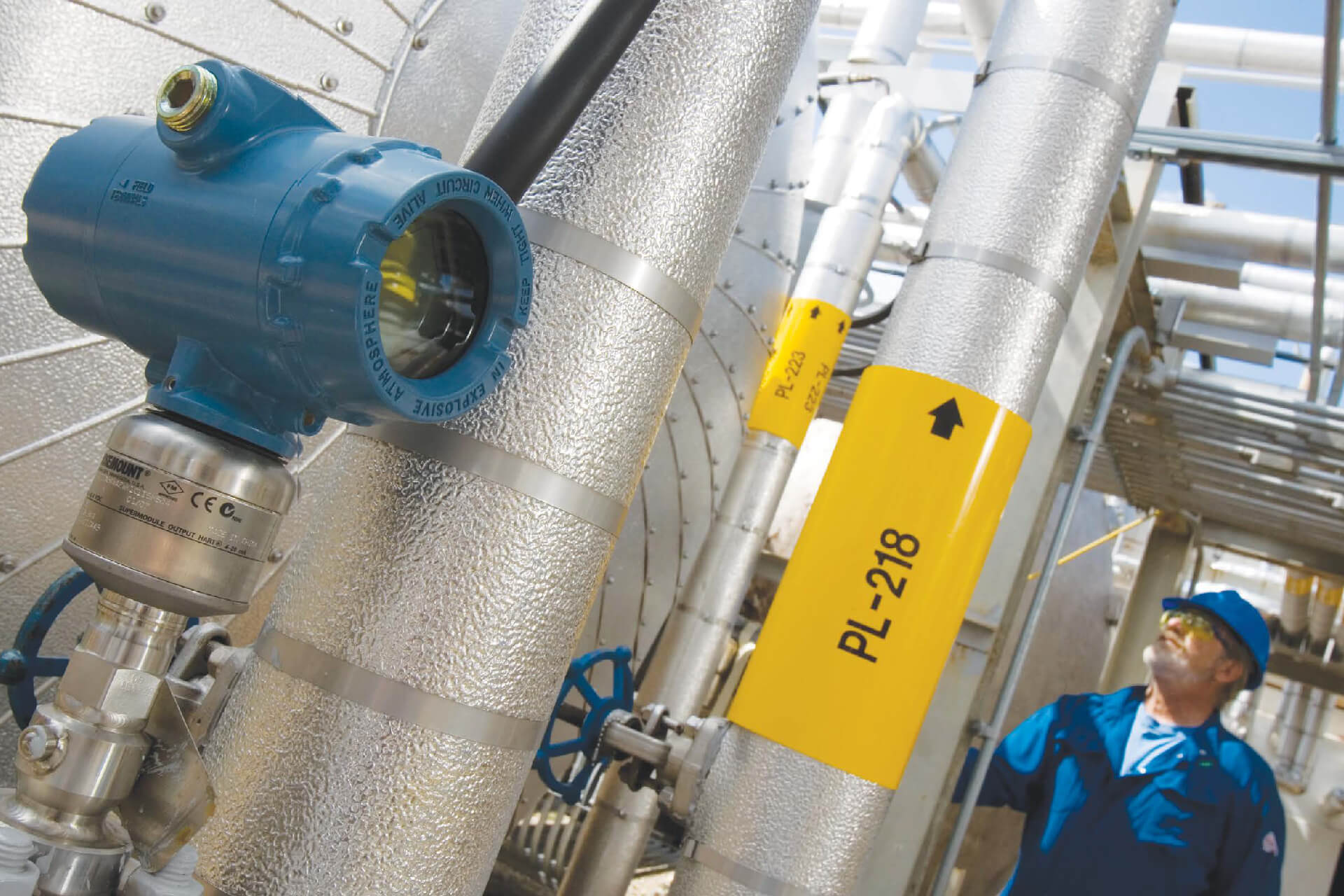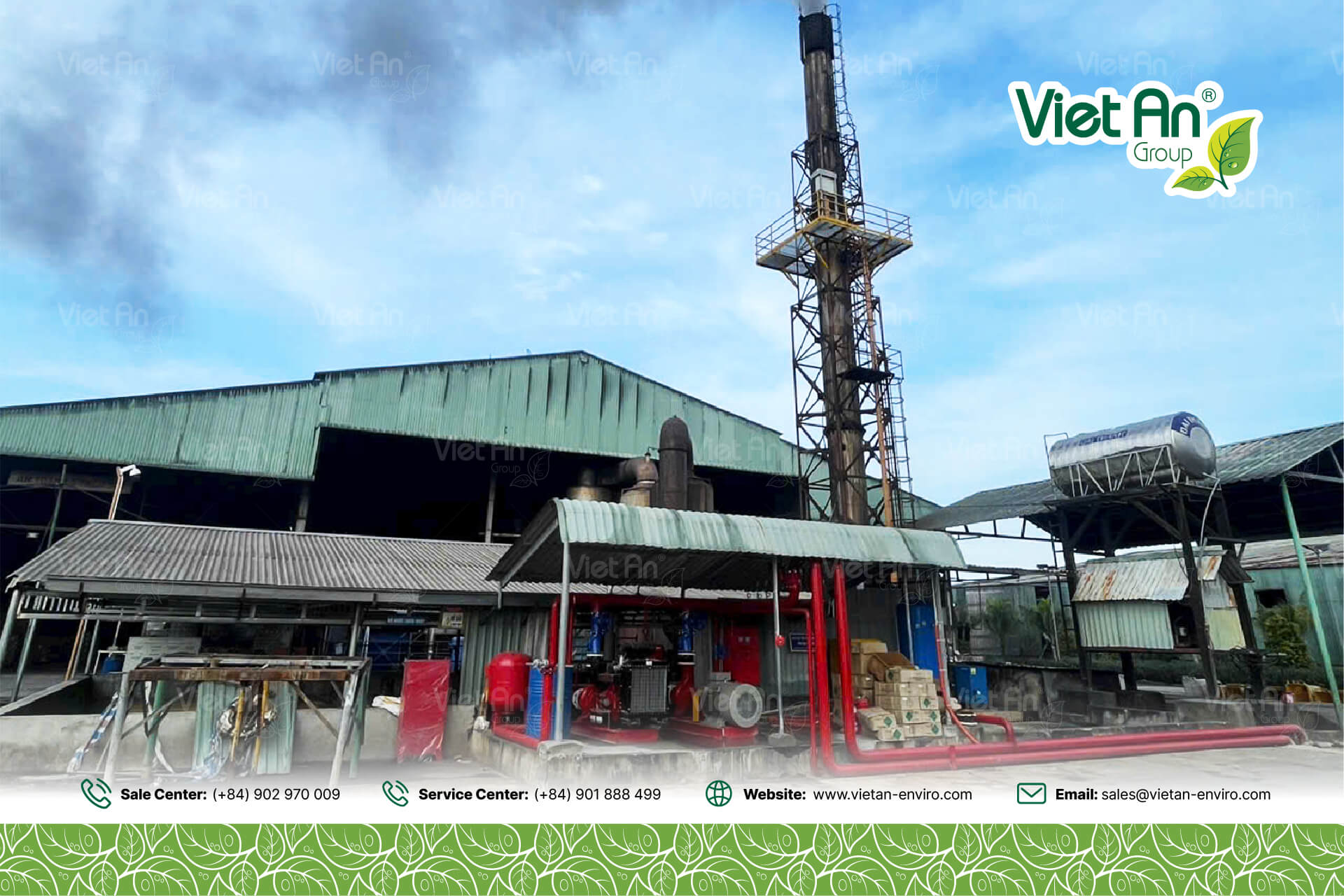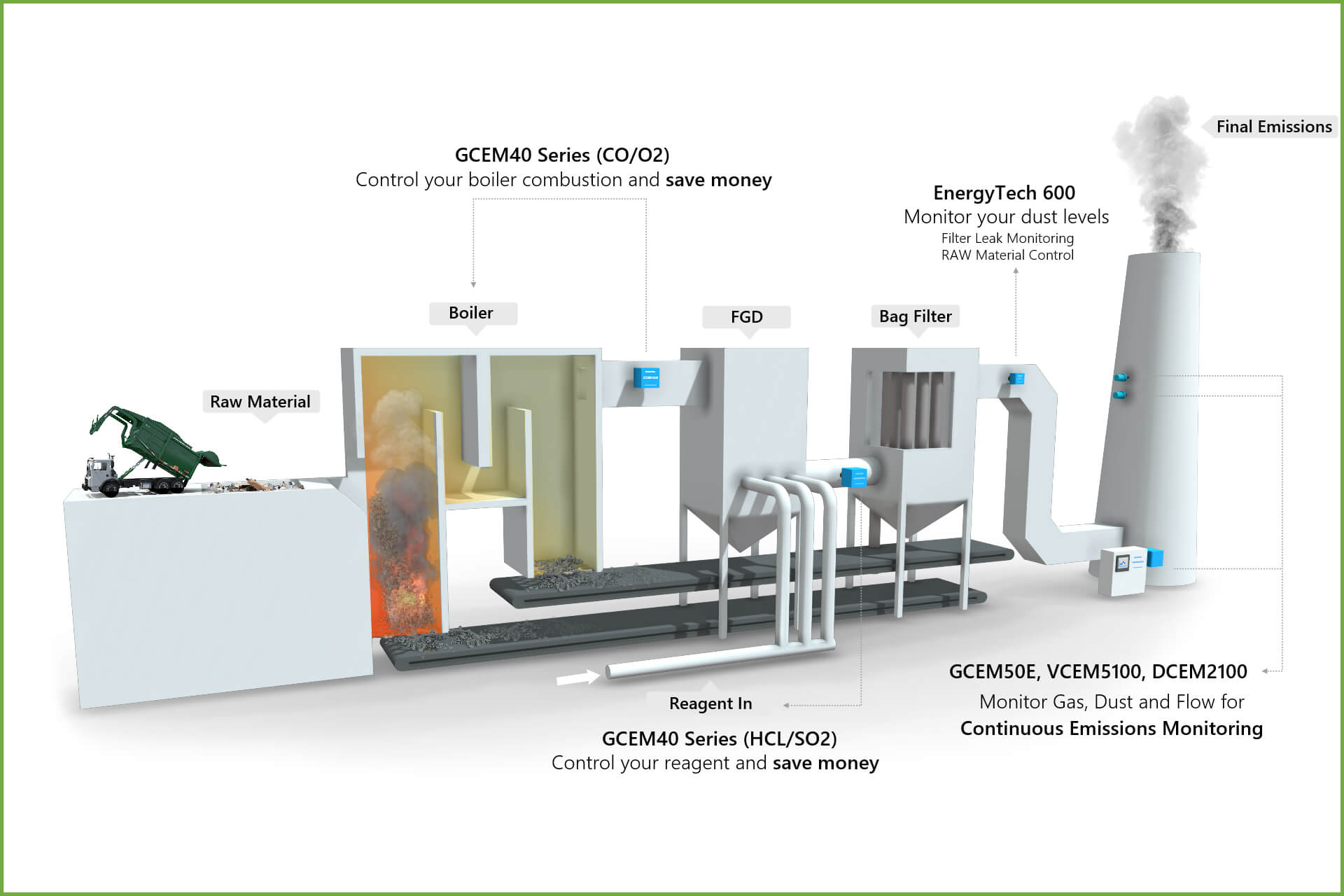Aerobic tanks, also known as Aerotanks, are a vital technology in biological wastewater treatment systems. To achieve the highest efficiency in wastewater treatment and monitoring, a thorough understanding of the operational principles and regulatory factors is essential. This article by Việt An will provide an overview of the operational principles, factors affecting treatment efficiency, and important considerations for optimizing wastewater treatment processes.
What is an Aerobic Tank?
An aerobic tank (also known as an Aerotank) is a wastewater treatment system that employs biological methods, where air is continuously supplied to provide oxygen for aerobic microorganisms. These microorganisms help decompose pollutants in wastewater by absorbing and transforming organic substances. This process not only cleans the wastewater but also maintains the activity of the microorganisms in an oxygen-rich environment, ensuring high treatment efficiency.

Why Choose Aerobic Microbial Wastewater Treatment?
The aerobic method is highly effective in decomposing organic matter, converting it into CO₂ and water, and reducing BOD and COD levels in wastewater. Utilizing oxygen in the treatment process not only improves water quality but also helps meet strict environmental standards, making this method suitable for treating domestic and light industrial wastewater.
In addition to achieving high efficiency, aerobic tanks are also energy-saving and produce less odor compared to other methods. By using natural microorganisms and advanced aeration systems, this method reduces the need for chemicals and complex equipment while being easy to operate and maintain, providing a sustainable and economical wastewater treatment solution.
The Role of Aerobic Microorganisms in Wastewater Treatment
Aerobic microorganisms are the main factor in decomposing organic matter present in wastewater through the use of oxygen. They transform organic compounds into carbon dioxide (CO₂) and water, thereby reducing BOD and COD levels in water, enhancing the quality of wastewater and helping to remove pollutants, ensuring compliance with environmental standards.
Besides cleaning water, aerobic microorganisms also maintain the stability and efficiency of the aerobic tank treatment system. They thrive optimally in an oxygen environment, reducing odors and minimizing the use of treatment chemicals, creating a sustainable and cost-effective wastewater treatment method.

Design and Composition of Aerobic Aerotank
The structure of the aerobic tank is designed to be simple yet effective, ensuring optimal wastewater treatment. The tank typically has a rectangular or circular shape, depending on the requirements of the treatment system. Common building materials include reinforced concrete or steel, ensuring durability and load-bearing capacity.
Inside the tank, the aeration system comprises air diffusers or air distribution pipes installed to supply and evenly distribute oxygen throughout the tank. This system helps maintain dissolved oxygen concentration (usually requiring DO > 1.5 mg/l), providing sufficient oxygen for aerobic microorganisms to thrive. Ensuring adequate oxygen levels in the tank is crucial for supporting the growth of microorganisms, thereby enhancing wastewater treatment efficiency.
Additionally, to ensure proper operation, a significant amount of activated sludge must be maintained in the tank, where microorganisms thrive and effectively treat pollutants.
Operational Mechanism of Aerobic Biological Tanks
The operational principles of aerobic tanks are based on three main biological processes, aiding in the treatment and decomposition of pollutants in wastewater:
Oxidation of Organic Matter: In the initial stage, microorganisms use oxygen to decompose organic substances in wastewater, forming CO₂ and H₂O. This is the stage where activated sludge proliferates vigorously, and the amount of oxygen consumed is directly proportional to the growth rate of the microorganisms. This process occurs robustly due to the abundant nutrients and organic matter present in the wastewater
Synthesis of New Cells: As microorganisms stabilize, they continue to decompose organic substances and utilize nutrients present in wastewater to synthesize new cells. At this point, oxygen demand does not fluctuate significantly, and the decomposition of pollutants achieves its highest efficiency. This is the main stage that helps eliminate most of the pollutants in wastewater.
Intra-cellular Decomposition In the final stage, when most organic matter has been decomposed, microorganisms begin to decompose their own cells, along with undergoing nitrification, converting ammonia into other forms. Oxygen demand in this stage may fluctuate but gradually decreases as the treatment process approaches completion.
These three processes are closely linked, ensuring effective wastewater treatment through the use of aerobic microorganisms and oxygen.
Basic Characteristics of Aerobic Tanks in Wastewater Treatment
The basic characteristics of aerobic tanks include important factors that ensure effective wastewater treatment. Here are the main characteristics to consider:
pH Concentration
Aerobic bacteria operate most effectively in a pH range of 6.5 to 8.5. If the pH is below 6.5, the environment becomes conducive to fungal growth, reducing decomposition efficiency. Conversely, if the pH exceeds 8.5, the decomposition of organic matter will be inhibited. Therefore, maintaining and adjusting the pH in the tank is critical to ensuring stable microorganism activity.
Organic Load (BOD and COD):
- BOD (Biochemical Oxygen Demand): This is the amount of oxygen required for microorganisms to decompose organic matter in wastewater. The BOD load must be controlled to match the treatment capacity of microorganisms in the tank.
- COD (Chemical Oxygen Demand): This is the amount of oxygen required to completely oxidize organic compounds and some inorganic substances in wastewater. Ensuring COD is maintained at a reasonable level helps improve wastewater treatment efficiency.
Dissolved Oxygen (DO)
Dissolved oxygen levels need to be maintained between 2 and 4 mg/L. If the oxygen concentration is below this level, the efficiency of organic matter decomposition will decrease, increasing the treatment time and potentially leading to turbid water.
Sludge Control
The amount of sludge in the aerobic tank increases due to microorganism growth and the sedimentation of pollutants. Excess sludge can hinder the treatment process. To monitor the sedimentation of sludge, the following formula is used:
A small SVI index indicates rapid sedimentation, while a large SVI index indicates difficulty in sedimentation.
Foaming
The appearance of white foam is a prominent feature of aerobic tanks. Changes in the color and quantity of foam may reflect the operational condition of the tank. White foam may be caused by adapting young sludge or wastewater containing detergents. Brown foam typically indicates filamentous bacteria or low load, while dark black foam may signal severe oxygen deficiency or wastewater containing colored substances.

Distinguishing Between Aerobic and Anaerobic Biological Tanks
| Criteria | Aerobic Biological Tank | Anaerobic Biological Tank |
| Operating Principle | Treats organic matter using oxygen from the aeration system. | Treats organic matter without the need for oxygen. |
| Oxygen Supply | Has an aeration system (aeration, mixing). | No aeration system. |
| Decomposition Products | Primarily produces CO₂ and water. | Produces methane gas, CO₂, and some other organic substances. |
| Tank Structure | Usually rectangular or circular, with a minimum height of 2.5 m. | Typically a sealed tank, designed in a compressed or tubular shape. |
| Main Applications | Treats wastewater from urban areas and industries. | Treats waste from domestic activities, agriculture. |
| Treatment Efficiency | Highly effective in reducing organic matter and improving water quality. | Strongly treats organic matter but may generate odors. |
| pH Management | Requires pH adjustment for effective microorganism activity. | Usually does not require frequent pH adjustment. |
| Dissolved Oxygen (DO) | Must be maintained between 2-4 mg/L for microorganism growth. | No DO required as there is no oxygen. |
| Sludge Management | Requires control and adjustment of sludge to maintain efficiency. | Easier sludge management, but requires treatment of generated sludge. |
| Foaming | White, brown, or black foam may appear and reflect operational conditions. | White, brown, or black foam may appear, related to tank conditions. |
Advantages and Disadvantages of Aerotank in Wastewater Treatment
Advantages of Aerobic Aerotank
- Effectively removes organic matter, stabilizing subsequent treatment processes.
- Produces less odor compared to anaerobic methods.
- Achieves high performance in nitrification and oxidation.
- Complies with various types of wastewater today.
- Capable of removing large amounts of suspended solids, with BOD treatment efficiency up to 95%.
- Easy to operate and maintain; can upgrade capacity without tank expansion.
Disadvantages of Aerobic Aerotank
- Treated wastewater may still impact the environment and require additional treatment.
- Produces a significant amount of sludge, which needs effective management and treatment.
- Efficiency decreases with wastewater containing high levels of toxins; may require combined technology.
- Requires continuous energy for aeration, increasing operating costs.
- Does not completely remove the color of industrial waste, which may increase coloration.
What Types of Wastewater Are Effective for Aerobic Treatment?
Aerobic wastewater treatment is generally effective for the following types of wastewater:
- Domestic wastewater
- Light industrial wastewater (food, beverage, dyeing)
- Wastewater from healthcare facilities (non-hazardous)
- Wastewater from food processing and agriculture
- Urban wastewater...
Note: Wastewater with high toxicity levels or containing difficult-to-decompose compounds, such as wastewater from chemical plants or heavy industry, requires the combination of aeration tanks with additional treatment technologies to achieve optimal effectiveness.

How to achieve high efficiency in wastewater treatment using aerotank?
To ensure high efficiency when using Aerotank for wastewater treatment, the following factors must be considered:
- BOD/COD ratio > 0.5: Suitable for domestic wastewater, from seafood processing plants, sugar factories, food, aquaculture, paper, and other sources with this ratio.
- Dissolved Oxygen (DO) concentration: Ensure it is between 1.5 – 2 mg/l.
- Operating temperature: Must be above 25°C.
- pH level: Maintain in the range of 6.5 – 7.5.
- Nutritional ratio: BOD
= 100:5:1.
- The BOD concentration of wastewater should be below 1000 mg/l,
- There should be no heavy metal content such as Cr, Ag, Hg, or Mn at excessively high levels to avoid shock loading.
In addition, common issues that need to be addressed in the Aerotank include:
- Uneven sludge growth and asynchronous dispersion.
- Non-adhesive microbial sludge.
- Microbial sludge floating on the water surface.
- The appearance of brown foam in the tank.
- White foam rising during operation.
- The phenomenon of scum on the surface.
- Sludge forming hard clumps.
Energy-Saving Solutions in Aerobic Wastewater Treatment
Here are energy-saving solutions in wastewater treatment using aeration tanks:
- Optimize aeration: Use high-efficiency blowers and variable frequency technology to adjust air flow.
- Improve compressed air: Install filters and pressure regulators to reduce energy waste and utilize exhaust gas from other sources.
- Combine aeration and mixing: Use mixing equipment along with aeration to efficiently distribute oxygen and save energy.
- Select energy-efficient aerators: Apply high-performance aerators, such as membrane or disc aerators.
- Automation and smart control: Use automatic control systems and sensors to optimize operation and energy consumption.
- Manage the quality of incoming water: Conduct pretreatment to reduce the organic and nitrogen load, thereby decreasing oxygen demand.
- Update technology and improve processes: Apply new technologies and improve processes to enhance treatment efficiency and save energy.
- Train staff: Train staff on energy-saving techniques and effective system operation.
Viet An is proud to be the leading unit in Vietnam in the field of environmental monitoring solutions and industrial measurement. With over 1,000 monitoring stations and 14 years of experience working with 1,500 organizations, we are committed to accompanying our clients in creating new success stories. We provide advanced solutions and professional support services to ensure efficiency and stability in the wastewater treatment process.

